|
I compiled this definitive list with two very simple rules: a) The items mentioned below should be available to members of the paying - and no doubt occasionally insane - public b) To qualify, the thought of each dish should make my stomach swill over, my throat seize up, my nose twitch, and my eyes rattle. This list demonstrates that we will devour whatever we are culturally conditioned to consume, and whatever creature with the distasteful misfortune to be around us if we are hungry. Presenting my global menu for those of iron will and titanium gut: The Sour Toe Cocktail Lets begin in the Yukon Territory, in the long-past-its-boom town of Dawson City. The Downtown Hotel bar serves up a drink of straight whiskey, with added flavouring from a real life severed human toe. A big, gnarly one too, shrivelled and yellow, with the nail still on. I joined the Sour Toe Cocktail club, and to qualify, the toe must touch your lips. I can still feel it today, like a pickled, phantom limb. Everyone gets the same toe, and in the past, some toes have been swallowed. Feeling icky yet? Just wait… Balut Duck can be delicious, and eggs can be delicious, so why does it get nasty when you mix the two together? Balut, a popular delicacy in the Philippines, is a fermented duck egg, that is, an egg with a crunchy, sometimes feathery baby duck inside. You peel the shell, slurp up the embryonic fluid, add some salt, and bite hard into the crispy mushy goodness. Apparently, balut goes down really well with cold beer. Slugging back a few bottles might make this gourmet treat go down better, and for that matter, up again too. Deep Fried Hairy Spiders Personally, I just didn’t have the stomach for arachnoids when I was travelling by bus through Cambodia. A popular roadside snack, the large spiders are eaten in big bites, or pulled apart, leg by leg, and consumed like French fries. Black bug juice dribbles down the chin as you reach the best part of meal, the pincers and the bulbous back. All the poison is removed when the spiders are fried, and apparently the appeal lies in its crunchy-chewy texture. Along came a spider, and sat down beside her, and so Muffin just ate the damn thing. Ox Penis Soup Let us just be grateful that, due to conservation laws and human evolution, it’s no longer Tiger Penis Soup. Some Chinese restaurants serve up this delicacy, known for its mythical and powerfully arousing properties. The broth is serviceable, but the reality of eating ox or deer penis is that it tastes like a hard, impossibly chewy sponge. Tourists wishing to partake in this dish may find themselves forced to spit it out, or swallow it whole. Fermented Shark (Hákarl) Moving over to Iceland now, where they like their sharks rotten, stinky, and air-dried out for 5 months. Oozing the odour and taste of powerful ammonia (think urine-scented cleaning products), hákarl is an acquired taste, even in Iceland. Celebrity chef Gordon Ramsay puked on it, a common reaction for first-timers, who are advised to hold their nose to avoid detecting the disgusting stench they’re about to put in their mouths. Those who eat it are associated as being strong and brave, although I mostly just felt queasy. As someone appalled by the shark fin trade, I reckon anyone who eats the fins of these increasingly endangered fish should be forced to try this Scandinavian delicacy first. Cats and Dogs Widely condemned by the West and pet owners everywhere, it’s a sad fact that Fluffy and Fido are still on the menu in parts of Asia. Breeds of dog are raised specifically as food, and as a friend of mine will testify, having adopted and therefore saved one such puppy from the roast, they remain viciously tempered. Dog has been eaten in China for thousands of years, and the meat is famed for medicinal properties. Meanwhile, Singapore’s Strait Times reports that up to 10,000 cats are eaten every day in the Chinese province of Guangdong. Brings a disturbing new meaning to the concept of “cat food”. Hug your Fluffy and Fido a little closer tonight. Escamoles I’m back, and in the mood for a little insect caviar! In Mexico, escamoles refers to the larvae of the giant, particularly ferocious Liometopum ant. Its eggs are collected from agave plants, spiced, and served in tacos. Escamole has a cottage cheese texture, and a buttery finish. I’ve eaten ants and termites in various jungles, and they taste surprisingly like walnuts. Perfect for anyone into nuts, or just plain nuts too. Casu Marzu Those who have read this far, and therefore possessed of iron guts, will appreciate the hop over to Sardinia Italy, where we can spread some thick sheep’s cheese onto a slice of toast. Only problem here, it’s been purposely allowed to rot and gather maggots, which adds to the soapy, writhing texture. Next time you have a cheese and wine soiree, think maggots! Three Squeak Dish By now, I hope you’re warmed up for the really gross stuff. Although not everyone is convinced this exists, it's just too sick to make up (or leave off this list). Supposedly served in some remote parts of Asia, the Three Squeak Dish is a plate served with three pink, freshly born baby mice. The first squeak is when you pick them up with chopsticks. The second is when you dip them in soy sauce. You can guess what the third squeak is. Apparently they’re easy to chew because the bones have not hardened yet. Excuse me. I have to go to the bathroom now. Honorary Mentions: Lutifisk is a fish Norwegian weapon of mass culinary destruction. Laos Snake Whiskey is sold with farm-bred cobras at the bottom, some with scorpions for extra zing. We should also leave room for cockroaches, haggis, and cuy (deep-fried guinea pig). And how can I forget my delicious fruit bat stew in beautiful New Caledonia? Fruit bats ready for the stewing in New Caledonia Re-assuredly, deep fried guinea pig does not taste like chicken.
0 Comments
It had to be the AK-47. Sure, the M16 looked kinda slick, and who hasn't thought about firing off an old fashioned Tommy gun? But the AK-47 is the weapon of the revolutionary, the tool of liberation, bloodshed, freedom, and all the misery that comes with it. Plus, it only cost 100AED to fire off a magazine, whereas a rocket launcher would have set me back 800AED! I put on the camouflage jacket and followed a young guy into a dark, narrow room. A target was stapled about 30 feet away. I put on my tight orange ear guards, took a seat at a table, too busy feeling the cold weapon in my hands to listen to the advice on how to shoot the damn thing. Loaded, cocked, point, aim and fire. The Happy Shooting Range, located outside Phnom Penh, had a menu with pump action shot guns, hand grenades, RPG's, Coca-Cola and Fanta (sorry, no pictures allowed). Ten minutes away was the site of one of the worst massacres in modern history. Cambodia, it appears, is heavy on the contrasts. Torn between the forces of communist Vietnam and US-backed Thailand, Cambodia's modern history is literally a minefield. At the heart of one the worst genocides in history lay Pol Pot, a ruthless dictator who built an army of brainwashed kids committed to returning the country to the Stone Age. Genocide, famine, civil war – Cambodia in the 1970’s became synonymous with everything wrong with humanity. Scarred by the past, it has come a long way.  Riding on the back of a “moto taxi”, I saw children playing on the dusty streets of Cambodia’s capital, Phnom Penh. Smiling and waving, the motorbike zipped past shacks located next to brand new furniture stores, alongside street vendors selling fruit and vegetables late into the night. My guesthouse was located along the Beong Kak Lake, its deck built onto the lake itself, complete with hammocks, pool table, DVD library, music, and fresh cooked, excellent food. I paid just 8AED a night, but the sunsets over the lake were priceless. There are not many must-dos for the traveller in Phnom Penh. Its main temple, with its famous Silver Pagoda, is beautiful, but most visitors come through Bangkok, and having seen the Thai capital’s magnificent Grand Palace, the Silver Pagoda feels like a lesser, if still stunning imitation. Guesthouses and tour operators sell packages consisting of one full day with a guide and a tuk-tuk that includes a popular if somewhat distasteful shooting range, the Silver Pagoda, the National Museum, and two of the most disturbing attractions for a traveller anywhere; the Killing Fields, and the Genocide Museum at Tuol Sleng. 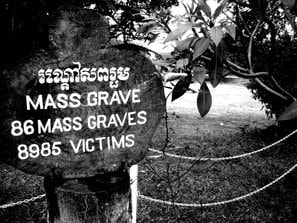 Ruling for four, bloody years, the Khmer Rouge outlawed money and religion, closed schools, disrobed monks, destroyed temples, took over all farms and businesses, and created an army of brainwashed children. Phnom Penh was forcibly evacuated and became a ghost town, while refugees flooded to the borders. Intellectuals, politicians, teachers, students, doctors and professionals were rounded up and butchered. Reliving the horrors of Pol Pot and the Killing Fields is not easy. Most of my group was reduced to tears, staring at row after row of skulls, innocent victims who had been bludgeoned to death with bamboo sticks to save bullets. Whereas the Nazis had managed to destroy much of their evidence before the allies liberated the camps, the Khmer Rouge were caught off-guard by a liberating Vietnamese army. The thousands of mugshots of young, innocent victims are on display at Tuol Sleng, a high school that was converted into a hell for 20,000 people. Only seven people walked out alive. It estimated that two million people lost their lives in the four years of Pol Pot. After the horrors of the World War II, the world promised it would never happen again, and yet it did. I was staring at a cabinet piled with 8000 bludgeoned skulls to prove it. That it took place just three decades ago meant anyone over forty in Cambodia today was either a victim, or a perpetrator, and so it was surprising to find how friendly Cambodians were. Locals are warm and generous to a steadily increasing flow of tourists, and despite legendary corruption, there is much hope for Cambodia’s future. Phnom Penh might be considered by many to be a poorer version of Bangkok, but the legacy of its tragic history, coupled with its beauty and bizarre activities, will fascinate those looking to learn from the world in which they travel.
It had to be the AK-47. Sure, the M16 looked kinda slick, and who hasn't thought about firing off an old fashioned Tommy gun? But the AK-47 is the weapon of the revolutionary, the tool of liberation, bloodshed, freedom, and all the misery that comes with it. Plus, it only cost 100AED to fire off a magazine, whereas a rocket launcher would have set me back 800AED! I put on the camouflage jacket and followed a young guy into a dark, narrow room. A target was stapled about 30 feet away. I put on my tight orange ear guards, took a seat at a table, too busy feeling the cold weapon in my hands to listen to the advice on how to shoot the damn thing. Loaded, cocked, point, aim and fire. The Happy Shooting Range, located outside Phnom Penh, had a menu with pump action shot guns, hand grenades, RPG's, Coca-Cola and Fanta (sorry, no pictures allowed). Ten minutes away was the site of one of the worst massacres in modern history. Cambodia, it appears, is heavy on the contrasts. Torn between the forces of communist Vietnam and US-backed Thailand, Cambodia's modern history is literally a minefield. At the heart of one the worst genocides in history lay Pol Pot, a ruthless dictator who built an army of brainwashed kids committed to returning the country to the Stone Age. Genocide, famine, civil war – Cambodia in the 1970’s became synonymous with everything wrong with humanity. Scarred by the past, it has come a long way. Riding on the back of a “moto taxi”, I saw children playing on the dusty streets of Cambodia’s capital, Phnom Penh. Smiling and waving, the motorbike zipped past shacks located next to brand new furniture stores, alongside street vendors selling fruit and vegetables late into the night. My guesthouse was located along the Beong Kak Lake, its deck built onto the lake itself, complete with hammocks, pool table, DVD library, music, and fresh cooked, excellent food. I paid just 8AED a night, but the sunsets over the lake were priceless. There are not many must-dos for the traveller in Phnom Penh. Its main temple, with its famous Silver Pagoda, is beautiful, but most visitors come through Bangkok, and having seen the Thai capital’s magnificent Grand Palace, the Silver Pagoda feels like a lesser, if still stunning imitation. Guesthouses and tour operators sell packages consisting of one full day with a guide and a tuk-tuk that includes a popular if somewhat distasteful shooting range, the Silver Pagoda, the National Museum, and two of the most disturbing attractions for a traveller anywhere; the Killing Fields, and the Genocide Museum at Tuol Sleng. Ruling for four, bloody years, the Khmer Rouge outlawed money and religion, closed schools, disrobed monks, destroyed temples, took over all farms and businesses, and created an army of brainwashed children. Phnom Penh was forcibly evacuated and became a ghost town, while refugees flooded to the borders. Intellectuals, politicians, teachers, students, doctors and professionals were rounded up and butchered. Reliving the horrors of Pol Pot and the Killing Fields is not easy. Most of my group was reduced to tears, staring at row after row of skulls, innocent victims who had been bludgeoned to death with bamboo sticks to save bullets. Whereas the Nazis had managed to destroy much of their evidence before the allies liberated the camps, the Khmer Rouge were caught off-guard by a liberating Vietnamese army. The thousands of mugshots of young, innocent victims are on display at Tuol Sleng, a high school that was converted into a hell for 20,000 people. Only seven people walked out alive. It estimated that two million people lost their lives in the four years of Pol Pot. After the horrors of the World War II, the world promised it would never happen again, and yet it did. I was staring at a cabinet piled with 8000 bludgeoned skulls to prove it. That it took place just three decades ago meant anyone over forty in Cambodia today was either a victim, or a perpetrator, and so it was surprising to find how friendly Cambodians were. Locals are warm and generous to a steadily increasing flow of tourists, and despite legendary corruption, there is much hope for Cambodia’s future. Phnom Penh might be considered by many to be a poorer version of Bangkok, but the legacy of its tragic history, coupled with its beauty and bizarre activities, will fascinate those looking to learn from the world in which they travel.
Fresh and rotten in time for Halloween, here’s a gallery of the places that blasted chills down my spine. Haunted, sinister, evil or just plain weird, for those that dream about travelling the world, welcome to your nightmare. The Bone Church of Kutna Hora Czech Republic Some time in the 13th century, a monk brought sand from Jerusalem to this small ossuary in central Europe. Suddenly everyone wanted to be buried there, but soon enough, space ran out. The monks collected and stored the bones. Several hundred years later, a local woodcarver decided he’d get creative with the surplus skeletons. Using the bones of some 40,000 people, he created wall art, columns, even a chandelier made with every bone in the human body. Today you can visit this small bizarre church, marvel at its morbid creativity, and literally stare death in the face. San Franciscan Monastery Peru Sticking with the bone theme (“the hip bone’s connected to the…thigh bone”), the 17th century San Franciscan Monastery in the Peruvian capital of Lima is high on most visitors list. It looks amazing from the outside, but head inside and below to the narrow, creepy catacombs. You’ll find carefully geometrically arranged skeletons of some 25,000 has-beens. Built using bricks of guano, the air is dense, lit with a distinct atmosphere of spookiness, as opposed to the intended religious devotion. One catacomb is piled head-high in skulls. With the low ceilings, you might want to watch your head too. The Killing Fields Cambodia There is creepy and there is spooky, and then there is just plain evil. Nothing makes your hair stand up, your throat parch, your nerves collapse and your faith in humanity shatter like the physical site of genocide. And yet, sickening places like the killing fields of Cambodia, the Nazi death camps in Europe, and the Kigali Genocide Museum in Rwanda are vital to understand the horrors of the past, and make sure they never happen again. It is beyond comprehension to picture mass graves, murdered skulls piled 30ft high, or pools of human ashes. It is also beyond the tone of a column of this nature. And yet I’ll continue to draw attention to historical acts of genocide, the importance that travellers acknowledge them, and the fact that even today, the horror of mass murder continues to exist. The Museum of Medieval Torture Estonia My head is on the chopping block. This actual piece of wood above was used in dozens of decapitations, which believe it or not, is one of the kinder punishments you’ll find in this gruesome collection of authentic medieval torture instruments. This bizarre museum, located off the main square of Tallinn’s old town, has wooden, iron and spiked contraptions that date back to the inquisition. Accused of being a witch? They’d lower you on a giant wooden spike and split you in two. Spanish Tickle Torture was a device used to strip flesh from bones. You can see the genuine rack, used to split a body in in two, thumbscrews, and iron contraptions designed to expire the victim in unbelievable agony. I’m not sure what’s sicker: The wicked contraptions, that someone has actually collected them, or that I paid good money to visit the museum in the first place. Transylvania Romania Transylvania is the birthplace of modern horror. At least in books and movies. Fictional Dracula was based on Vlad the Impaler, a ruthless leader who enjoyed the sight of his Turkish enemies being skewered. “Dracula’s Castle” is in Romania, but it’s a renowned hokey tourist joint. Hang on, aren’t the hills of Transylvania perfect roaming grounds for werewolves. Nobody has seen one of them in ages, in fact, nobody has ever seen one outside of a movie theatre. What you will see in Transylvania are small villages alive with traditional music and cuisine. You’ll visit the capital of Cluj Napoca (above), full of cool bars, frequented by hip students listening to dance music or reggae. There’s nothing particularly creepy about Transylvania at all, other than the fact that, hey, it’s Transylvania. I’m not walking alone in those woods, pal. Lamanai Mayan Ruins Belize Most ancient ruins up the creep factor, which is why they frequently feature in horror movies. Some Mayan ruins have the added bonus of having been the setting for human sacrifice, where decapitated heads echoed off the jungle as they bounced down the steps of temple pyramids. Found throughout Central America, the fate of Mayan civilization remains steeped in mystery. Why and how did one of the most powerful empires in history suddenly disappear? It is uncertain if human sacrifices took place here in Lamanai as it did in other later Mayan temples, although blood-letting sacrifices almost certainly did. I walk up the blackened stairs, soak up the mystery, with silence so spooky it could break my fall. Chernobyl and Prypiat Ukraine Site of the worst nuclear disaster in history, it didn’t feel that weird standing outside reactor number 4. That’s because radiation is a silent killer, and sure enough the Geiger counter was reading levels dozens of times higher than in the nearest major city of Kiev. The true creep only sets when you visit the nearby deserted city of Prypiat. Residents had just hours to leave, abandoning everything, including their pets. A quarter century later, the city is a post-apocalyptic nuclear nightmare. Dead silence, school books flapping in the wind, buildings cracking with time. Since everything inside the 30km Zone of Alienation is considered nuclear waste, there they will remain. Including this haunting doll, one of many to be found in an eerily silent school. The Kataragama Festival Sri Lanka Hang on, there’s nothing creepy about the Katharagama Festival! It’s an incredible, peaceful and unforgettable celebration of faith, as three major religions congregate in worship and respect. Still, when I stumbled on this unique Muslim ceremony, I witnessed a spectacle soaked in blood and wide-eyed fear. Holy men had gathered in a circle, and to demonstrate the intensity and extent of their faith, proceeded to stab themselves with knives and spears. To the chant of voices and the beat of drums, the holy man pictured jammed two knives deep in his skull, slashed his tongue and chest, but seemed to recover perfectly with a dab of ash on the wounds. Filming an episode of Word Travels, the reaction of our sound guy Paul (look right) speaks volumes. Bonus: Introducing The Creepiest Guy I Ever Met. In Ethiopia's Southern Omo Valley. Oh, he was holding an AK-47. I believe I complimented him on his hair style, maintained eye contact, and backed away, very, very slowly....
Click. I stood on the landmine, about the size of a can of pop, a container made of lightweight plastic like cheap toy soldiers. I always thought landmines were disk shaped, and that if you could replace your weight, you might slip away unharmed, at least according to Hollywood. “No, you hear click, you explode,” says the Cambodian volunteer guide. The last click you’ll feel with your legs intact, if you survive. Fortunately, this landmine was disarmed, one of the thousands on display at the Landmine Museum outside Siem Reap in Cambodia. The trigger device still worked, so standing on the lid, no bigger than a garden sprinkler, it still had the impact of pulling the trigger of an unloaded gun, aimed directly at my head. After the U.S invasion during the Vietnam War, the blood-drenched rule of Pol Pot, and the decades of civil war that followed, Cambodia is one of the most mined countries on the planet. An estimated five million mines are still to be found, many by wandering animals, farmers, and children. It is estimated that one out of every 290 Cambodians is a landmine victim. In the game of war, landmines play dirty. They are cheap to make, easy to camouflage, designed for maximum carnage and injury, and patiently hide long after the war they were deployed for is over. Built in a variety of shapes and sizes, landmines do not have a sell-by date. As Cambodia rebuilds itself in a new century, the weapons of the past continue to maim the innocent. Aki Ra’s life mission is to put an end to this, one dangerous mine at a time. Photo: Landmine Museum A former child soldier of the Khmer Rouge and later the Vietnamese Army, Aki Ra was laying landmines in the jungle before he reached his teens. Cutting trails in the jungle, he would lay traps, mines and trip wires, carefully camouflaged with soil and foliage. One mine might trigger another so that a single careless step could wipe out an entire platoon. Claymore mines, detonated by tripwires, are loaded with ball bearings that fire in every direction, causing massive harm to anything in the vicinity. US-made Bouncing Betties have a spring mechanism that shoots it up to head height before it explodes, resulting in maximum carnage. Aki Ra was told to lay them all, Chinese pineapples, Russian mines made of wood, salad-bowl anti-tank mines. Today, his Landmine Museum, 25kms away from Siem Reap and Angkor temple complex, is a disturbing glimpse into real-life horror, and the human spirit that defies it. Privately funded without government aid, Aki makes frequent trips into the jungle to disarm the devices that continue to torture his country. He estimates that he has removed some thirty thousand mines, an incredible feat given the fact that Aki doesn’t use modern mine detecting equipment. Drawing on his childhood knowledge of where to hide mines and how best to disarm their fuses, his success rate, and survival, is incredible. It costs about $500US for an aid organization to remove a single landmine. Over 130 countries have banned the use of landmines, but major arms manufacturers like the USA, Russia and China continue to produce and distribute mines for as little as $3 a unit. The human cost is incalculable. Aki’s museum has adopted about a dozen young landmine victims, missing arms and legs, but making up for it in spirit. They help out at the museum, and a village has sprung up around the museum since Aki successful cleared it of mines in the early 1990’s. Inside a small hut, hundreds of mines are on display, along with information as to how they work and where they are found. A video runs showing Aki walking through thick jungle, the cameraman literally shaking for fear of taking a wrong step. “Look at this small field,” asks the guide. “How many mines can you see?” It’s the size of a vegetable patch, and I can just make out a trip wire connected to a mortar bomb hanging from a branch. I count four mines before he begins to point them out. There are dozens - in the ground, behind leaves, attached with gut-wire above my head. Some are only designed to blow off one leg, others the entire lower torso. You wouldn’t stand a chance. Photo: Landmine Museum After the gunpowder has been “steamed” out and the mine is declared safe, Aki displays them in his museum to educate people about their continuing danger in Cambodia, and the world over. On the video, a one-legged survivor kid who lives at the museum scores a goal in a friendly soccer game, his spirit inspiring. The TV is turned off. Click. The Landmine Museum relies on visitor donations and volunteer help. Entrance is free, and English-speaking guides are available by donation. More info at www.cambodialandminemusuem.org
Tonight, I burn an old, faithful friend. Into the fire pit, ashes to ashes, dust to dust. He travelled with me to over 50 countries, saving me from the scorching desert sun, burning acid rain, frozen hail and showers of confetti. I lost him once, in a back seat of a Bangkok taxi on the way to the airport. Miraculously, I found him 10 days later on my return from Tokyo. I left him on a train in Croatia, but jumped back on, grabbed him, and hopped off while the train was moving out the station. An Indiana Jones escape. He pegged me as an Australian, although he was in fact made for life on the prairies, complete with ear flaps to keep me warm. But the travel took its toll. My friend became warped and twisted, shrinking and fading from healthy tan brown to sickly grey-green. I took him to a specialist, who looked at me incredulously. "What the hell did you to this guy?" he asked me. He wouldn't believe me if I told him: Mongolia, Guatemala, Tasmania, Poland, Laos, Argentina, Ethiopia, New Zealand, Czech Republic, Brazil, Albania, Peru, Cambodia, Bolivia, Malaysia, Nicaragua, Lithuania, Colombia, Thailand, Fiji, Russia, China...it goes on. The end was nigh after we spent a night in Chernobyl, as one does. Perhaps it was the radiation, perhaps the fear, but my old friend teetered and heaved, his rims folding, his arches collapsing. I retired him to my home office, where for years he stoically watched the usurper (grey, more urban) accompany me to over a dozen other countries. My home office has in turn made way for another cycle of life, one that finds no space for a disheveled old memento that may or may not be dangerously radioactive. And so tonight, in the cold, dark rain he was made to withstand, I will gently place him in the licking flames, and sadly watch him dissolve to dust. I will watch his ashes blend our remarkable good fortune with the winds of the city. Goodbye old friend. Good night, my sweet hat.
|
Greetings.
Please come in. Mahalo for removing your shoes. After many years running a behemoth of a blog called Modern Gonzo, I've decided to a: publish a book or eight, and b: make my stories more digestible, relevant, and deserving of your battered attention. Here you will find some of my adventures to over 100 countries, travel tips and advice, rantings, ravings, commentary, observations and ongoing adventures. Previously...
July 2024
Categories
All
|

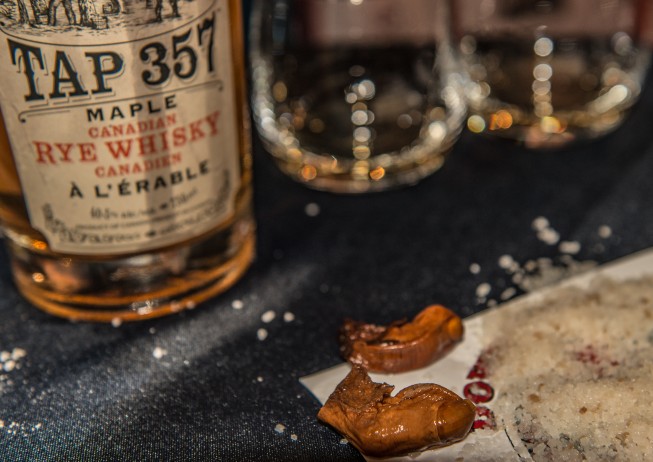
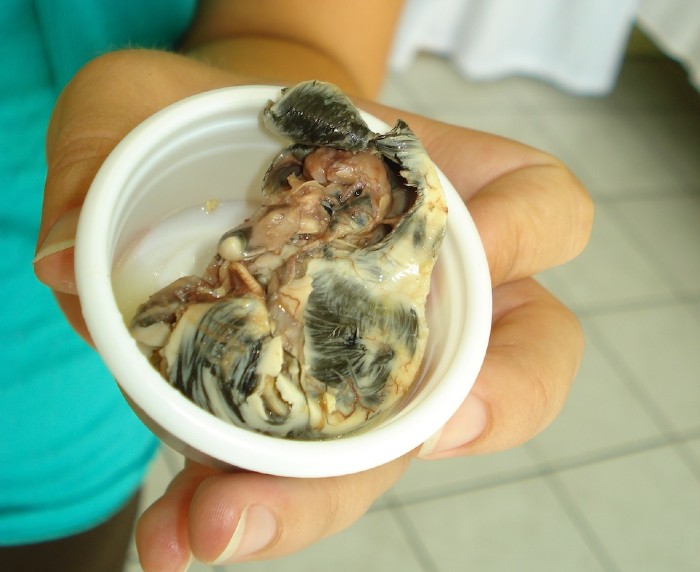

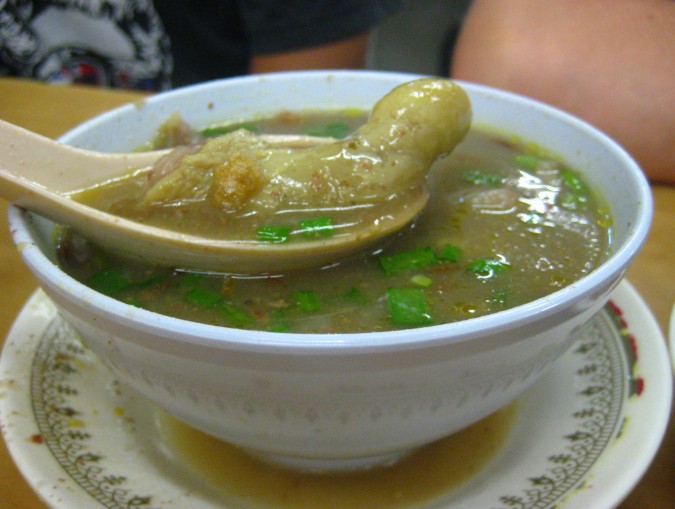
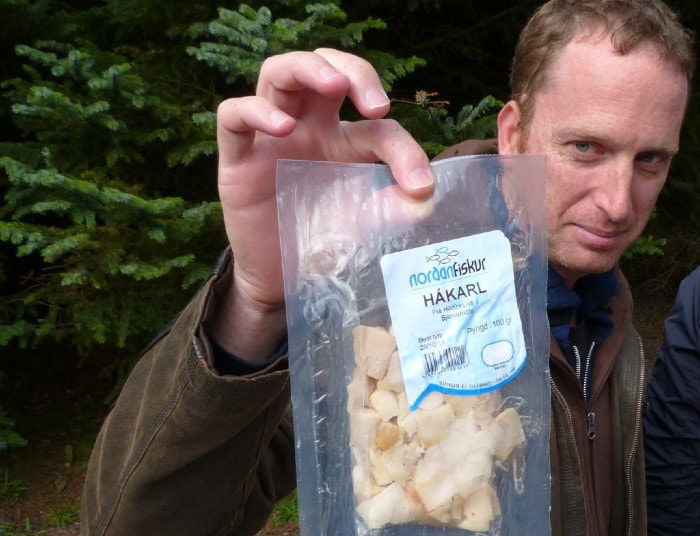

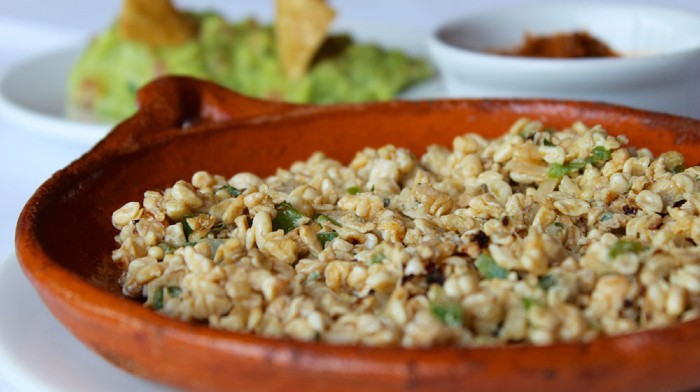


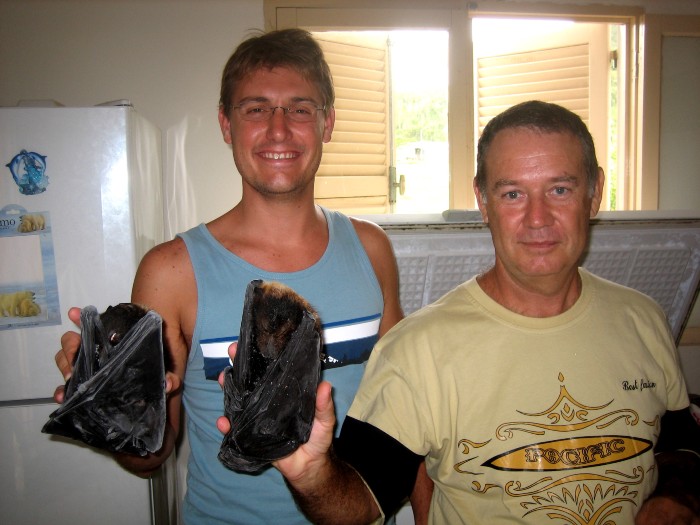
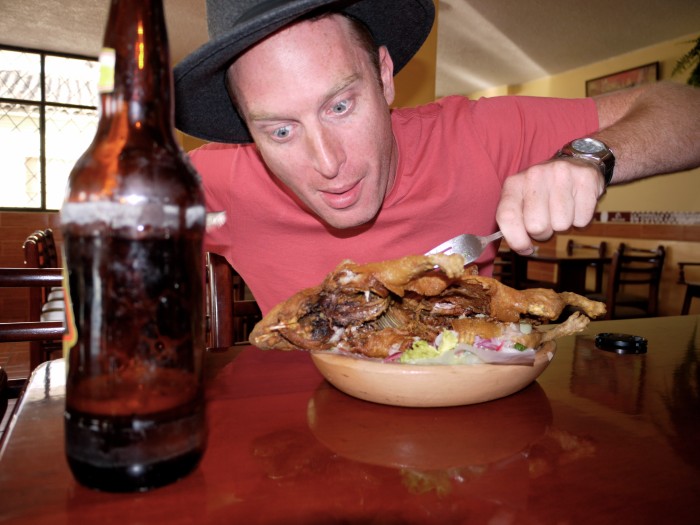

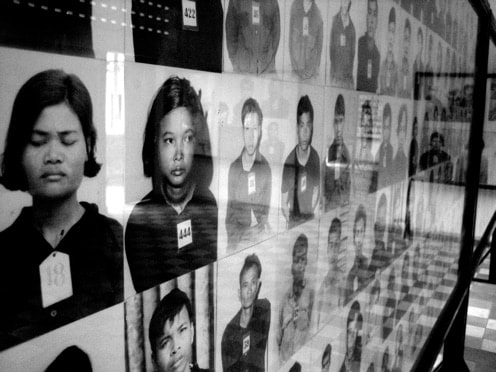
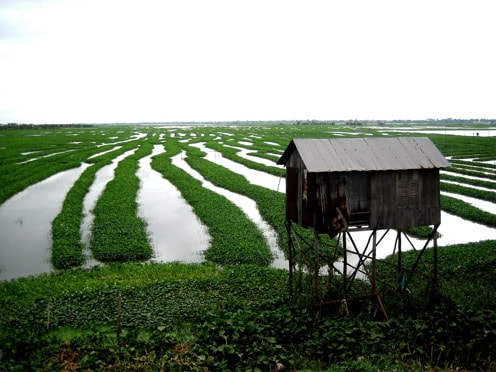
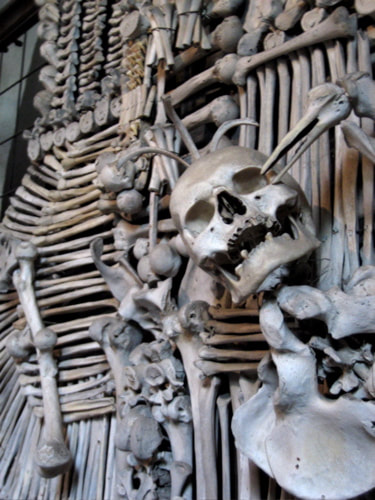
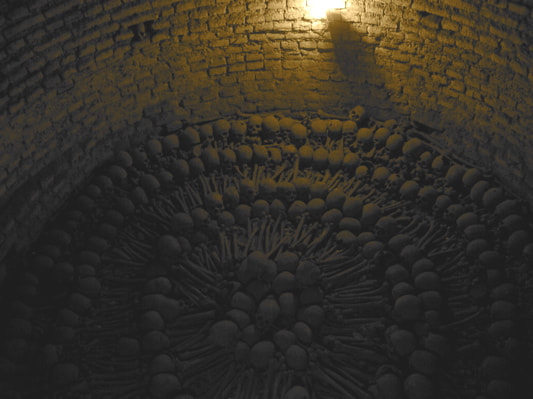

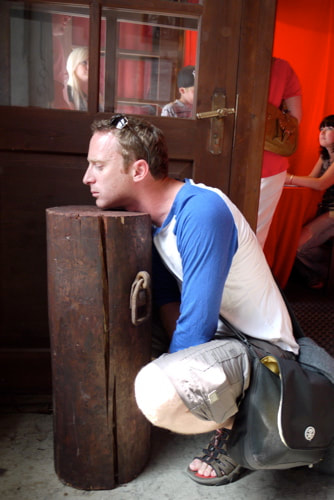
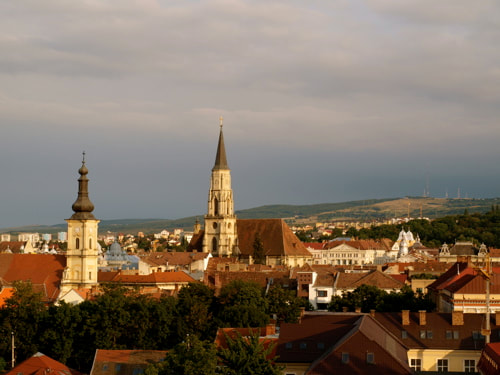
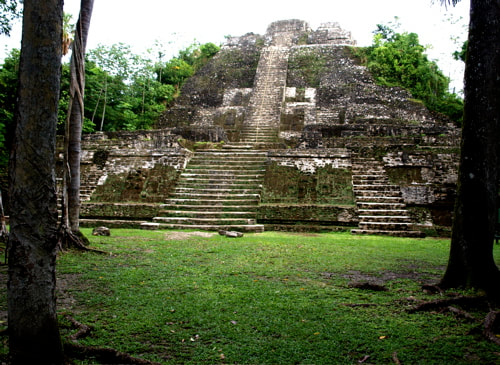
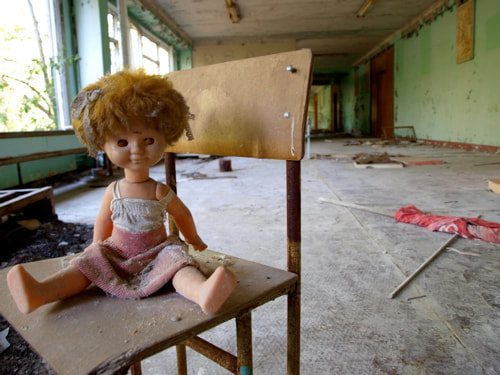
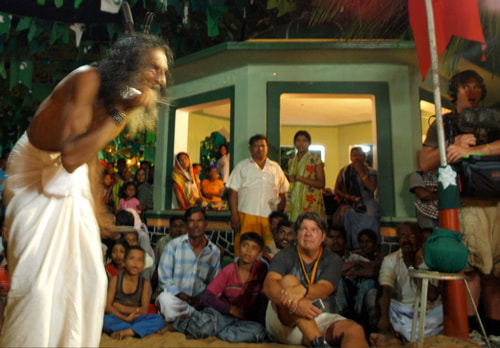
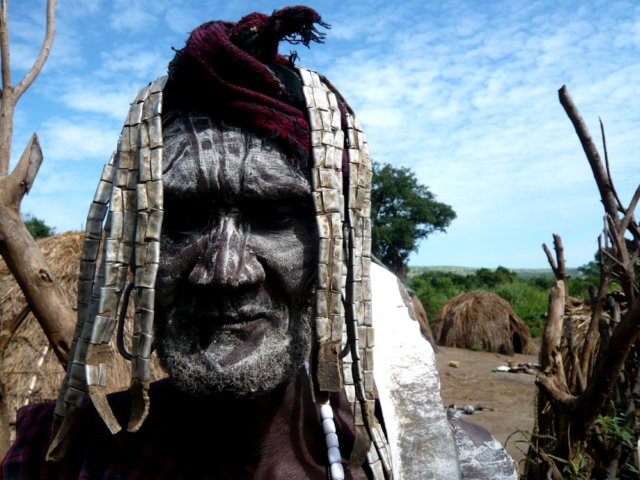
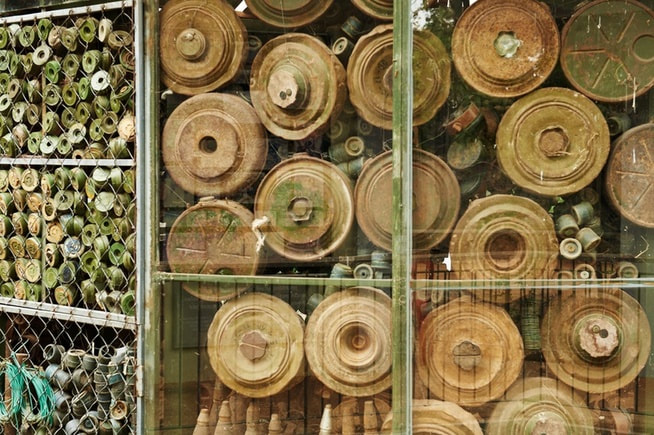
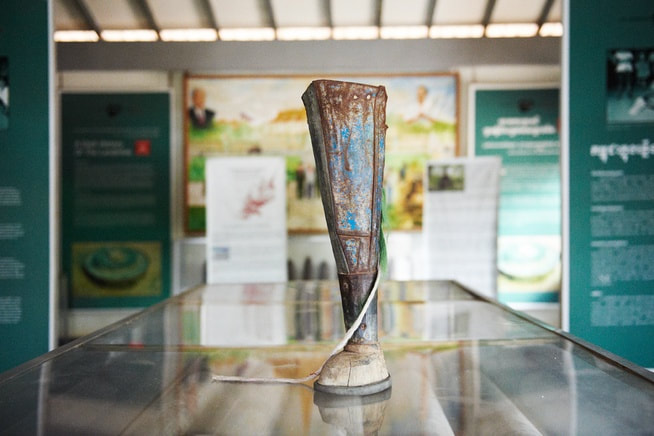
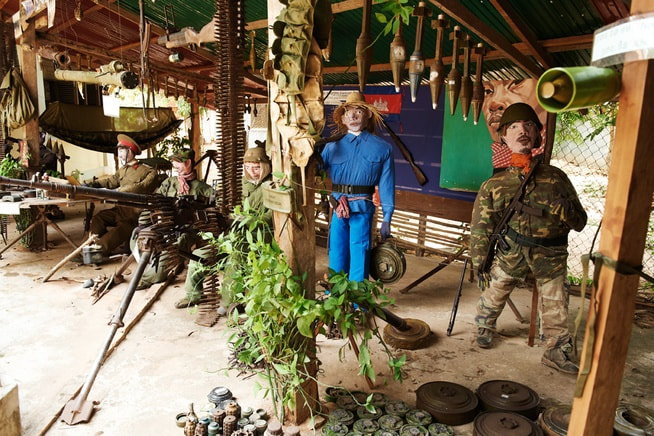
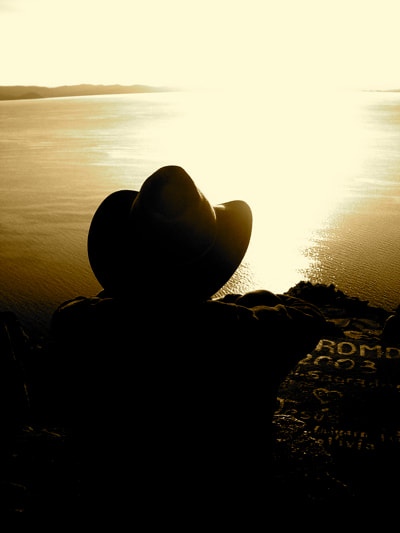
 RSS Feed
RSS Feed

